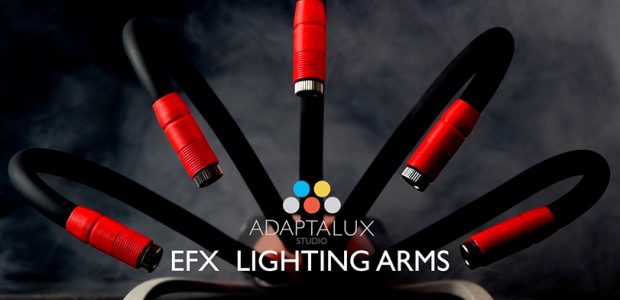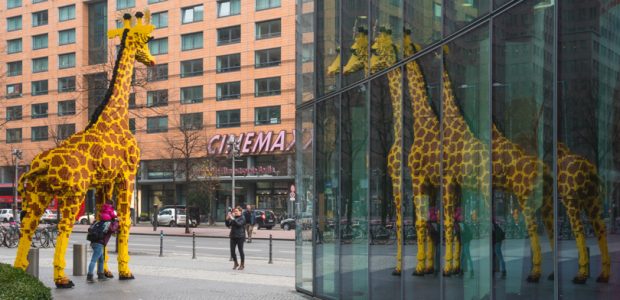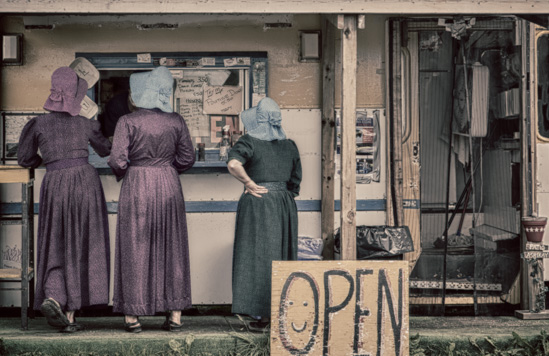
Fig #1
Three Sisters – Final Interpretation
Photographers are story tellers. Yes, we can do a straightforward forensic style record of a scene, but is that all that we want? Throughout the history of photography we have been adjusting tonality, palette, and of course cropping. My personal approach to image processing is that removal is allowed, while addition is not. (No Polar Bears on sand dunes, thank you very much). But photography by its very nature is a process of elimination. We decide where to stand, what focal length to use, whether to use colour or B&W film (err..I mean digital processing) and how to finally crop the image for greatest clarity in communicating our story.
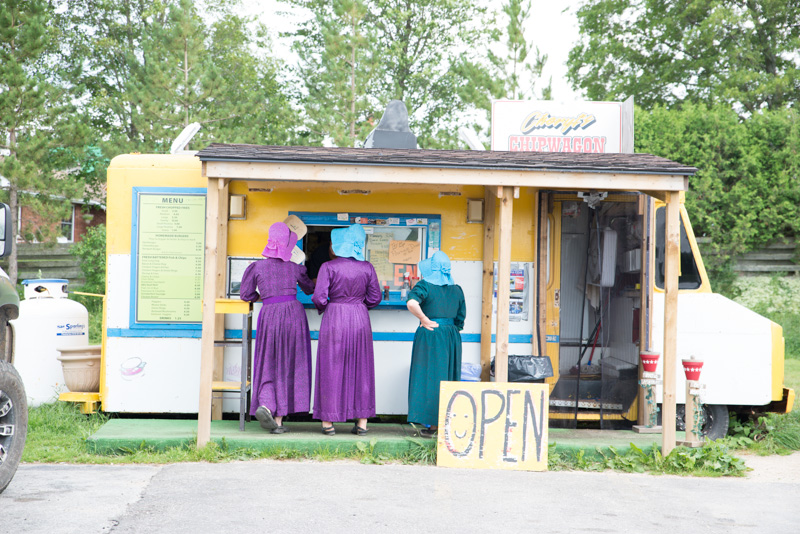
Fig #2
Original image as shot
The frame immediately above is of a photograph that I took at a highway food cart in Clearview County, Ontario, in mid-July, 2013. I was out shooting landscapes and drove past, catching this vignette out of the corner of my eye. I quickly stopped the car, did a U-turn, and pulled into the parking area. My Nikon D800e was sitting on the back seat. I reached for it along with whatever lens happened to be mounted (the Tamron 24-70 f/2.8) and shot out of the open car window a second later. There was time for just one frame before the women turned and walked away from the truck.
I know that for religious reasons Mennonites don’t like having their picture taken, and I of course respect that. But, since these three woman had their backs turned, and thus were anonymous, I felt that taking this image would not offend their tenets.
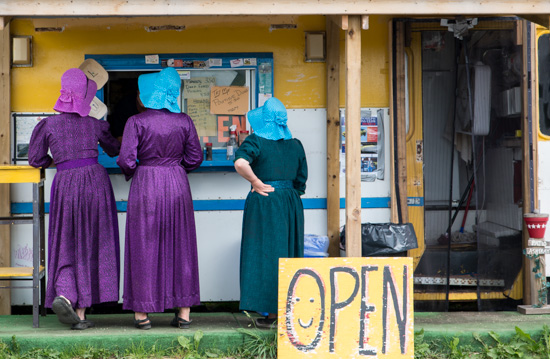
Fig #3
First “straight” interpretation
So – What’s the Story?
When approaching a worthwhile image on my computer the first thing that I do is crop. I ask myself –What is the shot about? This cropping becomes an iterative process, sometimes spread over a period of time as I work on other aspects. Above in Fig #3 is the final crop and also the first “straight” interpretation.
As I took the shot what struck me was the juxtaposition of the somewhat tacky contemporary food stand, and the 18th Century dress of the women. It was immediately clear that a B&W treatment along with a light platinum tone was what the picture wanted so as to convey both the timelessness of the women’s dresses and the contrast with a contemporary country chip truck. The first colour interpretation was simply to get tonality correct. Colour didn’t matter, because I knew it wasn’t going to last as I further worked on the file.
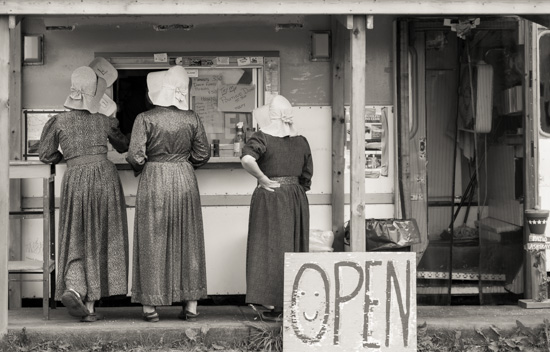
Fig #4
I then converted to monochrome and added a tint. Figure #4 above is the first interpretation that I was happy with. It has “gesture”, humour and an element of enigma.

Fig #1
Three Sisters – Final Interpretation
Maybe it was because I was spending the week working with my friend and business colleague Kevin Raber, well known forRaberizinghis images – freely interpreting tonality and colour in pursuit of a specific “look” – that I started playing with other ways of bringing the image more toward aperiodlook. This involved using a variety of tools, both within Lightroom, Photoshop, and HDR Effex Pro.
After some time, and a lot of fun and banter with Kevin, I ended up with what you see above in Figure #1. For me it has just the right “look” that the subject wanted, without being too over-the-top for my taste. I don’t often stray from either a “straight” colour or B&W interpretation, though I sometimes use selective desaturation. Now I have some new tools in my bag when the subject asks for them.
Thanks Kevin.
July, 2013
You May Also Enjoy...
Adaptalux Studio
FacebookTweet How I developed, improved, manufactured and planned for the future using Kickstarter funds. Become part of the venture with Adaptalux, back their latest campaign
Blending Berlin: Making Black and White/Colour Mixtures in Lightroom
FacebookTweet (Notice: The sub-title means what it says. Everything described here can be done with other applications using other techniques, but that’s not the
